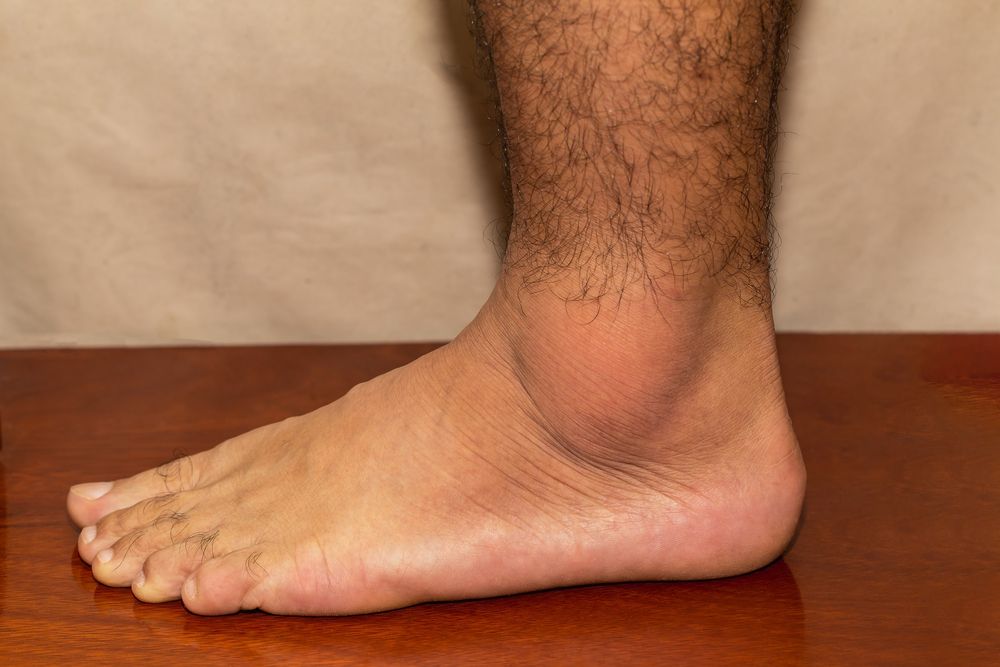Article
Gout Flares Persist, Despite Effective Treatments
Author(s):
Despite being the most common form of inflammatory arthritis, gout continues to be poorly managed, new research indicates.
Despite being the most common form of inflammatory arthritis, gout continues to be poorly managed, new research indicates. (©ShutterRyder,Shutterstock.com)

Despite being the most common form of inflammatory arthritis, gout continues to be poorly managed, new research indicates.
In a recent study published in Arthritis Research & Therapy, investigators determined, even though gout treatments exist, gout flares occur frequently in the community. The result, they found, is a negative impact on physical health-related quality of life similar to what occurs with chronic health conditions.
“We conclude that gout continues to be a prevalent and poorly managed disease, despite readily available treatment,” said study author Catherine Hill, M.D., clinical rheumatologist and epidemiologist at the University of Adelaide in South Australia. “Nonetheless, studies suggest a poor adherence to guidelines.”
Current American College of Rheumatology guidelines recommend patients receive urate-lowering therapy, such as allopurinol. However, study results revealed patients and providers are not consistently following that suggestion. Investigators posit inappropriate dosing by prescribers and inadequate serum urate level monitoring could be responsible. Consequently, patients could view the therapy as ineffective and abandon it.
To determine what’s happening with gout treatment, investigators interviewed 2,778 individuals. Of those with gout (roughly 6.5 percent), nearly 25 percent reported experiencing two or more flares within the previous 12 months. Nearly half of those patients were not receiving allopurinol. Individuals receiving allopurinol still experienced flares, though, suggesting suboptimal medication use.
Additionally, researchers discovered younger patients had lower rates of therapy continuation and were more likely to have flares. The data also indicated women are less likely to adhere to urate-lowering therapies and are more likely to suffer from flares. They also experience more severe disease and a greater burden of co-morbid conditions, including heart disease, diabetes, high blood pressure, and high cholesterol. Individuals with a higher body mass index also have more flares.
Based on those findings, investigators recommend additional research into how gender, weight, and weight loss might impact gout and its management.
REFERENCE
Proudman C, Lester S, Gonzalez-Chica D, Gill Tiffany, Dalbeth N, Hill C, "Gout, flares, and allopurinol use: a population-based study," Arthritis Research & Therapy (2019), doi: 10.1186/s13075-019-1918-7.




